The best of the Rhone? - Guigal

Guigal was established shortly after the Second World War by Étienne Guigal who started with another famous Rhone name, Vidal Fleury. As testament to his success, Guigal now in fact owns Vidal Fleury too. The Guigal name really came to the fore when wine critic, Robert Parker led the charge in heaping praise upon their Côte-Rôtie wines. Guigal have since purchased Château d'Ampuis in the 90s, which is now their headquarters and fittingly, the home where Étienne Guigal’s wife used to work as a maid. In addition to making their own wines, Guigal is also what is known as a négociant, who are important in the French industry as they buy grapes off growers and vinify them at a range of quality and price points. They also buy finished wines and market them.
The wines that Guigal are most famous for as known as the LaLaLa trio (La Mouline, La Landonne and La Turque) which Robert Parker has given 100/100 on more than one occasion. As a result, they are some of the most highly prized wines in the world with infinite ageing potential and collectability.

The Wines of Guigal
Due to the huge success of Guigal wines, there are an awful lot to choose, from their own premium wines to négociant labels. Guigal also stretch from the tip of the Northern Rhone to the South, having a stake in all major appellations of the Rhone region. Beside the LaLaLa trio from the Côte-Rôtie, Condrieu and Hermitage will sound familiar.
Condrieu is made from 100% Viognier, famous for rocky slopes and terraced vineyards with intense sunlight. Their basic Condrieu is fantastic value for money with flavours of peach, apricot and pineapple. It is full bodied and luxurious. The step up is La Doriane which is a rounded, intense wine with deeper complexity of flavour including nectarine, marmalade, white peach, and white flowers. These will both age for a long time.
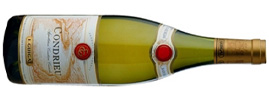
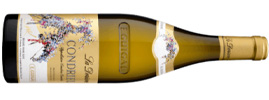
The Hermitage is the most famous slope in the whole Rhone, North and South, which has produced wine since the Greco-Roman era. It is a single slope overlooking the river Rhone with intense levels of sunlight and thin, rocky soils. Yields are tiny and many of the vines very old. Long lived, hefty Syrah and whites from either a mix or varietal of Rousanne and Marsanne are made here. The Hermitage red is a structured, full-bodied wine with high tannin that needs age to soften. It is oak spiced, liquorice and vanilla laden with a complex array of red and dark fruits, black pepper and, depending on the age, will develop forest floor and mushroom notes. The white is a floral, perfumed wine with acacia and honey.
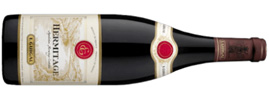
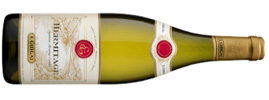
The more pocket friendly wines of Guigal are excellent value for money and guarantee enjoyment for any occasion. The absolute classic is the Côtes du Rhône Rouge, a traditional blend of Syrah, Grenache and Mourvèdre. It’s a fairly full bodied wine with a fine balance of acidity, red fruits and herby spice.
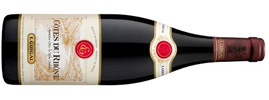
I’ve noticed the Côtes du Rhône Rose popping up a lot more recently too. It is a fresh style of Rose, more weighty than Provence, but to my mind more flavoursome too. Expect lots of juicy red berries.
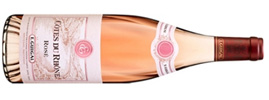
For the more adventurous drinker, I’d highly recommend the Tavel. This is a Rose made in a much darker style as shown by the deep orange/pink colour of the wine. It is also fuller bodied and with more alcohol than lighter styles of Rose. If you want Rose with some punch, this is the one to go for.
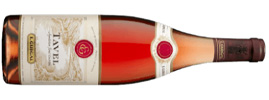
The final wine I’d like to mention is the Châteauneuf-du-Pape Red (there is also a very nice white too) especially with Xmas on the way. CNDPs are the most emblematic wines of the Rhone and perhaps even France, being the very first AOC and protected name in wine. The Guigal one comes from a large proportion of old vines. The wine is bold and powerful with spicy characteristics, hazelnut and baked fruits. A real treat.
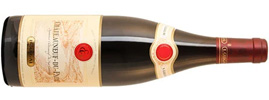
This blog was written by our wine expert, David Andrews. Read his Instagram blog @oinosattheoikos
Updated 29th September 2023